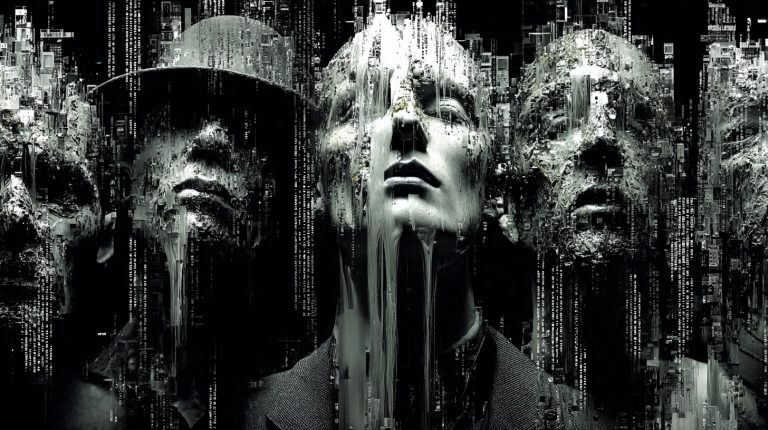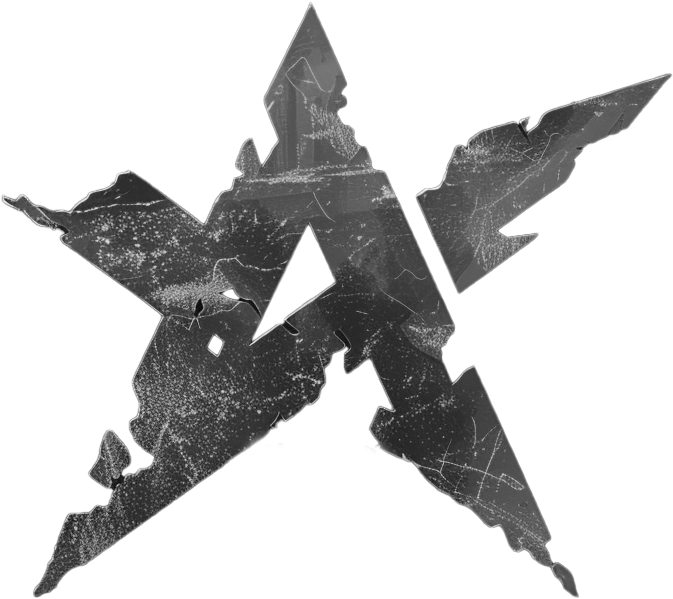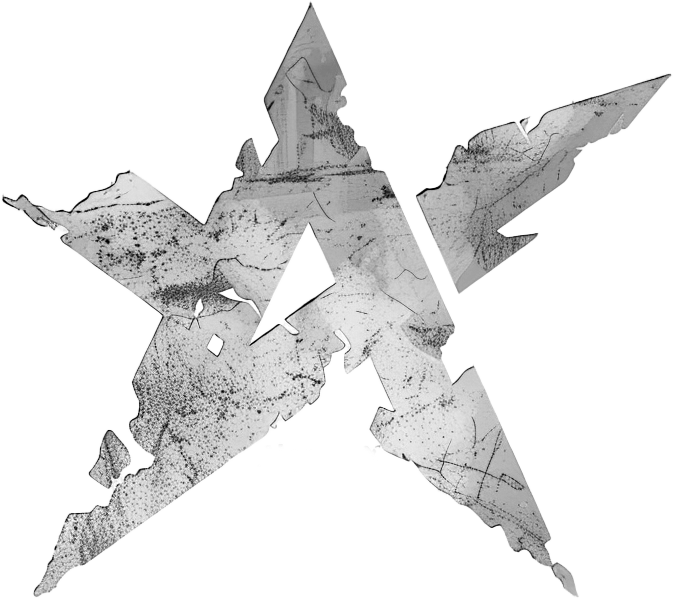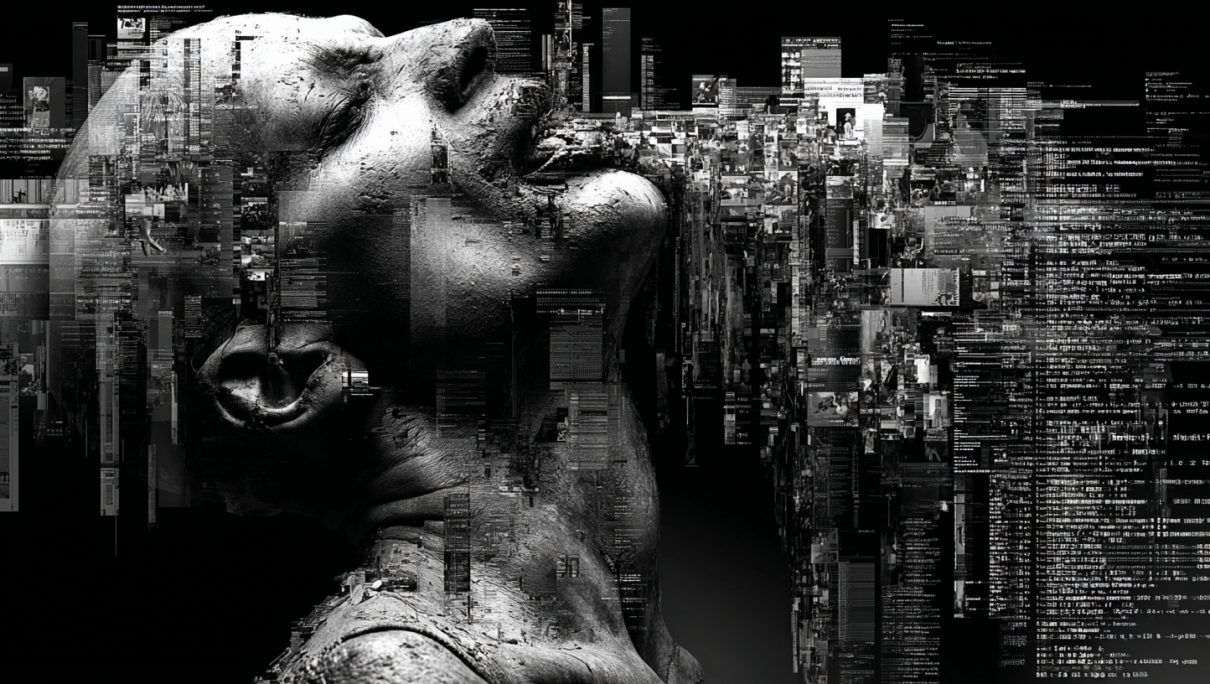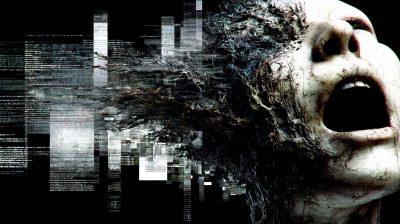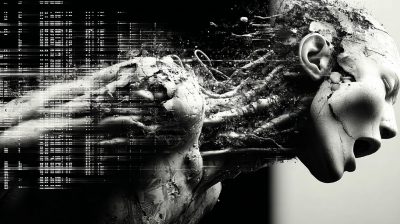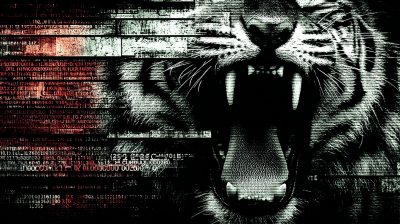The central conflict lies between Warhol’s celebration of mechanical replication and the death of authorship, and Beuys’s insistence on art as a unique, human, and socially transformative act. AI art doesn’t just sit on one side of this divide; it violently exacerbates the tensions within it.
Websterix
1. The Warholian Nightmare: The Factory Without a Foreman
From a Warholian perspective, AI art is the logical, and perhaps ultimate, extension of his prophecy.
-
„I want to be a machine“ achieved: The AI model is the perfect artistic machine. It operates without fatigue, emotion, or the need for inspiration. It fulfills Warhol’s desire to remove the artist’s „hand“ and subjective angst. The user’s prompt is the modern equivalent of Warhol pointing at a photo and telling an assistant to silkscreen it.
-
Art as Pure Commodity: Warhol celebrated the art market. AI art generation takes this further, potentially democratizing and commodifying art to an unprecedented degree. It creates a „good business“ where images can be generated at near-zero marginal cost, flooding the market with infinitely replicable aesthetics.
-
The Final Death of the Aura (and the Source): Warhol killed the aura of the unique art object. AI art goes a step further: it threatens to kill the aura of the original source material itself. By ingesting millions of images without context, credit, or compensation, the AI dissolves the individual „aura“ of each contributing artist into a homogenized statistical slurry. The dataset is the ultimate „soup can,“ and every generated image is a copy with no original.
The Critique Through a Warholian Lens (Paradoxically):
While Warhol might have admired the machine, his practice was about the specific cultural icons of his time (Marilyn, Coke, Elvis). He was a cultural critic. The AI’s dataset, however, is not curated by a critical mind but by a scraping algorithm. The critique, therefore, is that AI art becomes Warhol without the wit, without the context, and without the conscious commentary. It’s replication devoid of a specific human point of view, which was, ironically, Warhol’s most valuable product.
2. The Beuysian Indictment: The Theft of „Social Sculpture“
This is where the most potent critique emerges. Joseph Beuys’s philosophy provides the vocabulary for the profound ethical and spiritual violation artists feel.
-
Violation of „Everyone is an artist“: Beuys’s famous phrase is rooted in human consciousness and action. It is an empowering call for individuals to shape society through their creative will. AI art generation, in its current form, is the antithesis of this. It is a system that disempowers the artist by using their life’s work—the product of their unique „sculptural“ thinking—without consent to build a machine that can mimic their output. It doesn’t celebrate every person as an artist; it uses artists as unwitting, unpaid fuel for a machine.
-
Theft of Ritual and Transformation: For Beuys, materials like fat and felt were charged with memory, energy, and history. An artist’s style is their „fat and felt“—the residue of thousands of hours of practice, failure, and personal growth. When an AI is trained on an artist’s portfolio, it is not learning a concept; it is strip-mining the residue of a human ritual. It replicates the style without the struggle, the image without the transformation. This is the core of the „raped works“ critique—it is a non-consensual extraction of the spiritual and technical essence of a human’s creative journey.
-
Art as Anti-Social Sculpture: Beuys saw art as a healing, connective force. The current practice of AI training creates a deeply anti-social and divisive „sculpture.“ It pits artists against technology, creates legal battles, and fosters an environment of distrust. Instead of shaping a warmer, more connected society („Social Sculpture“), it builds a colder one based on extraction and replacement.
The „Reverse Warhol“ as the Beuysian Resistance:
In this context, the act of a human artist creating work in response to AI—perhaps by painstakingly painting a „hallucinated“ AI prompt by hand, or creating art about the trauma of appropriation—is the ultimate „Warhol in reverse“ and a pure Beuysian act. It is the re-injection of human experience, labor, and protest back into the cold, mechanical process. It is the reclamation of aura.
Synthesis: Is AI Art „Replicant Non-Creative Art“?
-
As Replication: Yes, it is the pinnacle of replication. But unlike Warhol’s replication, which held a mirror to a specific culture, AI’s replication is often aimless, reflecting a generic „average“ of all digital imagery without a critical point of view.
-
As Non-Creative: This is the crux of the debate.
-
The System’s Creativity: The engineers who design the AI models are engaged in a profound act of creation. The process of the AI, generating novel combinations from a latent space, can be argued as a form of emergent, non-human creativity.
-
The Human Creative Void: The ethical problem is that this „creativity“ is predicated on a foundational act of non-creative appropriation: the scraping of datasets without consent. This is the „original sin“ that taints the entire enterprise for many. It is a creativity built on a lack of respect for prior creativity.
-
Conclusion:
The critique of AI art as „replicant non-creative art“ based on appropriated works is a fundamentally Beuysian critique leveled against a Warholian reality.
We have built the ultimate Warholian machine, a factory that consumes culture and produces endless copies. But in doing so, we have violated the Beuysian principle that art must spring from conscious, consensual, human transformative action.
Therefore, the art world is now the battleground for this unresolved 20th-century conflict. The question is no longer „Is it art?“ but „At what human cost is this art produced, and what kind of society does this artistic model sculpt?“ The Beuysian answer is that a system built on non-consensual taking cannot create a truly creative or humane future. The resolution will likely require a new synthesis—a way for the machine to acknowledge, compensate, and collaborate with the human spirit it so effortlessly mimics.
